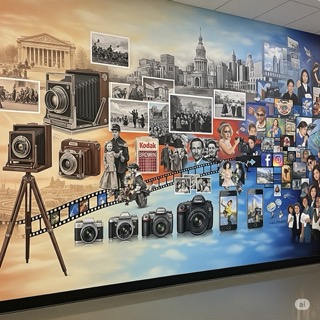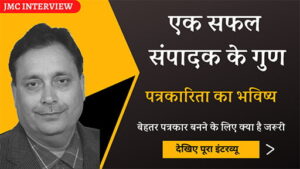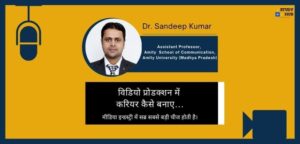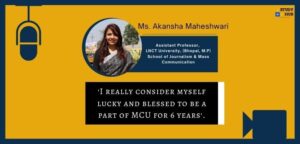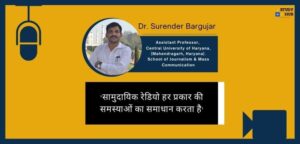Which microphone should be used, if message is being recorded on footpath?
(A) Omni-directional
(B) Hyper-cardiod
(C) Cardiod
(D) Condenser
Correct Ans: (A)
When you record sound on a footpath, you face multiple challenges. There’s ambient noise, voices from various directions, and sudden sounds like vehicles or footsteps. In such a case, the best microphone to use is an omni-directional microphone. This type captures sound equally from all directions.
Unlike cardioid or hyper-cardioid microphones, which focus more on sounds from the front, the omni-directional mic picks up a full 360-degree sound field. As a result, it works well in outdoor spaces where the source of the sound may shift, or where the natural environment adds to the recording.
Additionally, this type of mic is not very sensitive to wind or handling noise. That’s because it usually has a smoother response across all angles. So, even if the speaker moves slightly or turns their head, the microphone still records the voice clearly. This makes it ideal for street interviews, vox pop recordings, or casual outdoor speech.
On the other hand, directional microphones like hyper-cardioid or cardioid are better suited for controlled environments. They minimize background noise but require accurate positioning, which may not be practical on a busy footpath.
Therefore, to ensure balanced and natural sound capture in unpredictable outdoor conditions, an omni-directional microphone is the most effective choice. It captures the surroundings as they are, which also adds context to your audio.



